Before the war:
Magallanes St
Iglesia de Santo Niño de Cebú
Borromeo Street
College Orchestra
Reading Room of the Library
Fort San Pedro
Parade of College Students
top to bottom, left to right:
frontside of the college
traditional filipino dress
chapel of the college
physics laboratory
open air mass with the cadets of the college, this was at the back of the college, to the right were the chapel and library, to the left was the canteen
br. ulrich, in-charge of the library
Cebu Cathedral
During the War
On the morning of March 26, 1945, the flotilla bearing the troops of the Americal arrived off the shores of Cebu. The transport ships were protected by cruisers, destroyers, and other supporting craft. A deafening salvo of naval gunfire and rockets hammered the shores of the island. In the photo at right, tracked landing vehicles (LVT) swarm in towards the shore. The larger ships are infantry landing craft (LCI). Smoke masks the landing beach, and an explosion can be seen at the waterline towards the right edge of the photo.
For the first time in the war, the 182nd Infantry operated with significant armored support. The open coastal plains of Cebu provided room to maneuver, unlike the cramped jungles of Guadalcanal and Bougainville. Here, men of the 2nd Battalion of the 182nd advance with tanks from the Americal's 716th Tank Battalion.
The Japanese retreated to caves and fixed positions in the hills of Cebu. Here, soldiers of the 182nd Infantry rifle through Japanese materials left behind in a cave on Babag Ridge.
Taking the Capitol BuildingThis map overlay shows the progress of the 182nd Infantry during the first few days of the invasion of Cebu. It progresses from the beachhead, through the Cebu City area, and on to the base of the heavily defended Japanese-held hills.
One of the American landings in Cebu's shores
The first wave of troops ashore met with limited Japanese resistance.
This photo shows soldiers of the 132nd Infantry coming ashore. The 132nd was responsible for the right sector of the beach, the 182nd the left side - behind the photographer in this photo.
On the morning of March 26, 1945, the flotilla bearing the troops of the American arrived off the shores of Cebu. The transport ships were protected by cruisers, destroyers, and other supporting craft. A deafening salvo of naval gunfire and rockets hammered the shores of the island. In the photo at right, tracked landing vehicles swarm in towards the shore. The larger ships are infantry landing craft. Smoke masks the landing beach, and an explosion can be seen at the waterline towards the right edge of the photo.
Downtown Cebu
Talisay Landing
American soldiers landing in a beach in Talisay. This event is commemorated annually by the city.
Cebu Port
Aerial view of downtown Cebu, completely devastated except for a handful of buildings.
B-25J 44-29760 in flight, 1945
Mission History
Crashed near Consolacion on Cebu Island. There was no fire during the crash.
Wreckage
After the crash, a US Army patrol was advised to look for survivors. The next day civilians found Lt. Ehrhardt alive but he died soon after. Another body was found in a swamp.
Although the Japanese had constructed many defenses they choose to abandoned them and destroyed much of the city when they retreated. Instead, they took to the hills - into pillboxes and caves behind for their defense when the Americans landed. The city was liberated on March 27, 1945 by the American Division.
Aerial view of Lahug AirfieldUS Army American Division 132nd Infantry Land at Cebu
Credit: US Army Date: March 26, 1945
The chaos on the beach was soon rectified, and by late morning, Americal forces began pushing inland towards their objectives. They met only limited resistance. Most Japanese outposts had been abandoned. One unit from the 182nd discovered an empty shack, full of explosives, with a telephone ringing. But the Japanese were mostly nowhere to be found. There was only scattered resistance, and all objectives were met by the end of the day. The invasion had been a success.
The photo at right is taken in the 132nd Infantry sector of the beach, looking off towards the 182nd sector. Note the tracked landing vehicles parked all over the beach.
1945
Today: Asiatown IT Park
Lahug Airfield is no longer used, and has been redeveloped.
Japanese Surrender
One of the first large scale surrenders in the Pacific occurred on Cebu. On August 19, 1945 Japanese officers commanded by Lt. General Kataoka of the 35th Army arrived in Cebu city to begin surrender negotiations.
On August 28, 1945 Maj. Gen. William H. Arnold of the American Division accepted the surrender of 10,000 Japanese on the island. In the course of this grueling struggle, the American Division incurred 410 men killed and 1,700 wounded. Another 8,000 men were classified as non-battle casualties, most of whom succumbed to an outbreak of infectious hepatitis. In turn, some 5,500 Japanese soldiers lay dead.
This strip was the primary Japanese Navy base on Cebu. They referred to this airfield as "Mactan Airfield".
Postwar
This airfield was rehabilitated during the 1960s by the US military. During the Vietnam War, some USAF B-52s made emergency landings at this airfield during the conflict.
US Navy R4D over Cebu City
1945
The foxholes in Ilihan, Toledo City served as machine gunner’s nest or shelter of the USAFFE soldiers on the hills of the barangay Ilihan which were constructed by military engineers in January 1942 right after the invasion of the Japanese Imperial Forces in Lingayen Gulf in Luzon and in Davao.
MUELLE OSMENA
During World War II, this area was once a docking place for the Japanese.
CIC - Colegio de la Immaculada Concepcion, Mandaue City
During the Japanese occupation the basement of the main building was used as a garrison by the Japanese Imperial Army.
A picture of how one of the buildings in Cebu City looked like after World War II.
Cebu's railroad service ended with the destruction of World War II.
Filipino residents of Cebu City welcome
American soldiers.
General Arnold's men moved into Cebu City on the 27th of March, too late to keep the Japanese from destroying it. The next day Lahug airfield, two miles northeast of Cebu City, was captured, but now the American troops began to butt against the Japanese fighting positions in the outpost line. The 182d Infantry attacked two strongly defended hills a mile north of Cebu City on March 28, securing one. As the regiment continued its attack the following day, the Japanese detonated an ammunition dump on the second hill. Company A, already understrength, lost 50 men killed or wounded in the explosion. Grimly resuming the attack on the 30th, the regiment finally swept the hill.
I SurrenderCebu during World War II
Cebu being one of the most densely populated island in the country, served as a vital Japanese base during the Japanese occupation in World War II which began with the landing of the Japanese Imperial army on April, 1942. Three years later on March 1945, an American force landed and reoccupied the city, resulting in a Japanese surrender.
Despite the formal capitulation from Toyko, Japanese forces on Cebu continued to hold out for several days. This flyer was dropped all over the island in an attempt to convince the thousands of remaining Japanese soldiers to give up.
Harold R. Sargent
Read the story
CAPT. AGRIPINO CASIA OF DANAO
Read
The old Seminario-Colegio de San Carlos de Cebu in Martires Street
September 13, 1944: Japanese-occupied harbor of Cebu is under attack by U.S. Navy carrier-based fighter planes, at Cebu island, Philippines.
Latino soldiers in Cebu , Phillipines during WWII
Read
Talisay LandingWORLD WAR II FOXHOLES FOUND IN ILIHAN, TOLEDO CITY,CEBU, PHILIPPINES
Read
Cebu Cathedral
After the War (1950)
Cebu City dock area is popular in inter island shipping.
Location: Cebu, Philippines
Date taken: September 1949
Photographer: Jack Birns
Small interior island shipping jamming the dock area.
Location: Cebu, Philippines
Date taken: September 1949
Men building up sandbags on the waterfront.
Location: Cebu, Philippines
Date taken: September 1949
VideoAmerican ads covering the refreshment stands.. Location: Cebu, Philippines Date taken: September 1949
Pre-invasion of Cebu
http://www.youtube.com/watch?v=Kbs-Bbq5Yts
http://www.youtube.com/watch?v=YtUcWJROpDw
http://www.youtube.com/watch?v=QntvSBOo7ZM
Pre-invasion bombardment of Cebu, Philippines, Mar. 1945
United States 182nd Regiment lands and invades city of Cebu in Philippines.
Soldiers of US Army 6th Ranger Battalion and Chinese guerrillas en route to a Japanese prison camp in Cebu.
http://www.dailymotion.com/video/x30...pines-ww2_news
For more visit SkyscraperCity - Powered by vBulletin
Results 1 to 10 of 277
Thread: World War 2 - Cebu
-
09-12-2011, 03:53 PM #1
 World War 2 - Cebu
World War 2 - Cebu
Last edited by Deadstring67; 09-18-2011 at 03:37 AM.
-
09-12-2011, 03:55 PM #2
 Re: World War 2 - Metro Cebu
Re: World War 2 - Metro Cebu
ah grabe,buhi paman ang picture,na karaan naman kaayo ni,,

-
09-12-2011, 03:57 PM #3
 Re: World War 2 - Metro Cebu
Re: World War 2 - Metro Cebu
asa ang source ani nga pic?
-
09-12-2011, 04:03 PM #4
-
09-12-2011, 04:04 PM #5
 Re: World War 2 - Cebu
Re: World War 2 - Cebu
dead asa kaman nanguykoy ana? murag wa mana sa internet.........
-
09-12-2011, 04:08 PM #6
 Re: World War 2 - Cebu
Re: World War 2 - Cebu
very nice. waiting ko sa to be continued. hehe
-
09-12-2011, 04:08 PM #7
-
09-12-2011, 04:11 PM #8
 Re: World War 2 - Cebu
Re: World War 2 - Cebu
wow sundalo cguro ang ga picture2x ani panahona ai....
 @TS
@TS
-
09-12-2011, 04:13 PM #9
 Re: World War 2 - Cebu
Re: World War 2 - Cebu
Amazing...looks like a moviee!
-
09-12-2011, 04:16 PM #10C.I.A.

- Join Date
- Jul 2008
- Gender

- Posts
- 4,312
 Re: World War 2 - Cebu
Re: World War 2 - Cebu
subscribed.

Advertisement
Similar Threads |
|










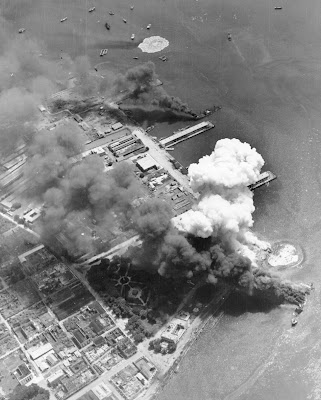
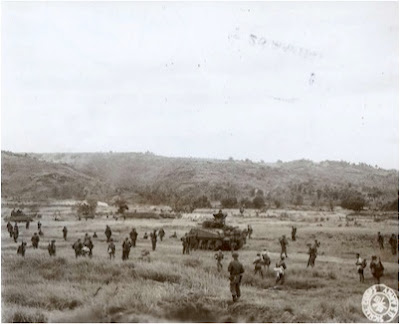
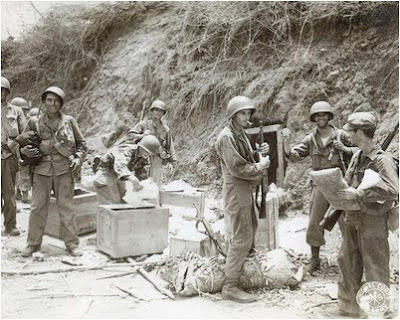
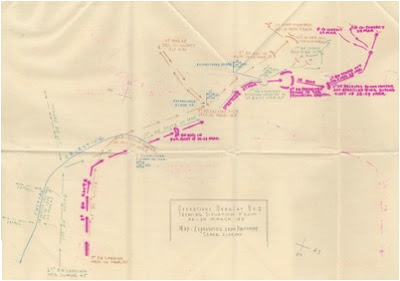
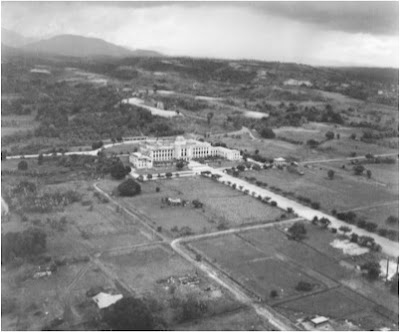
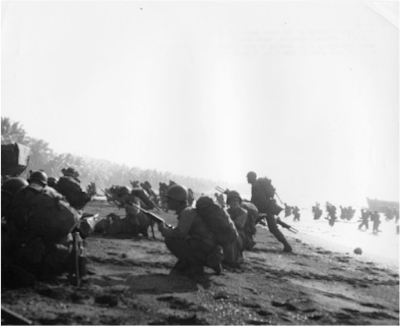
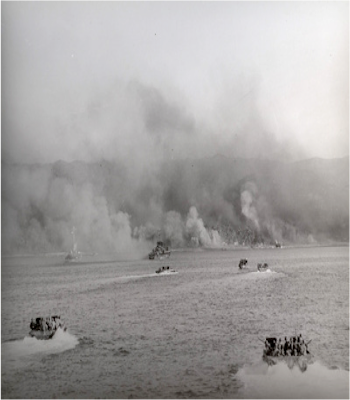
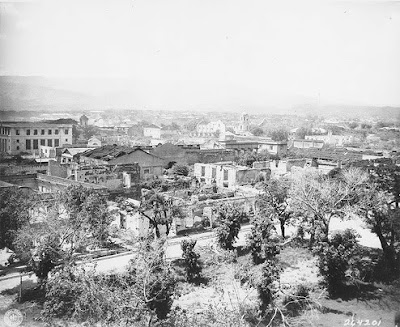
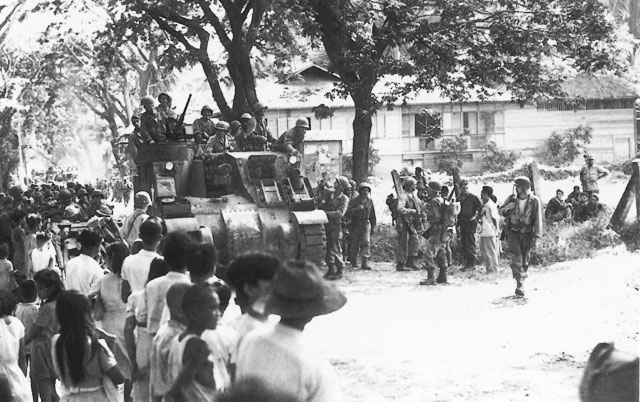

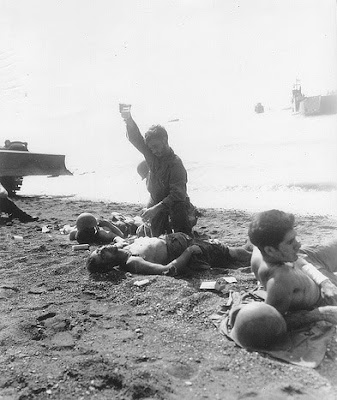
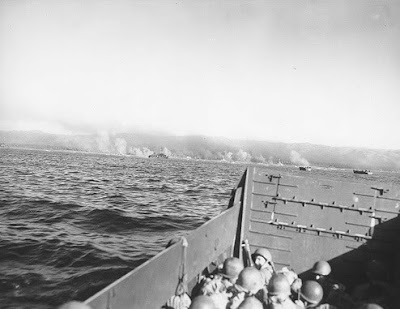
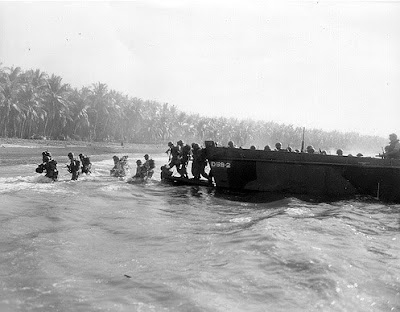
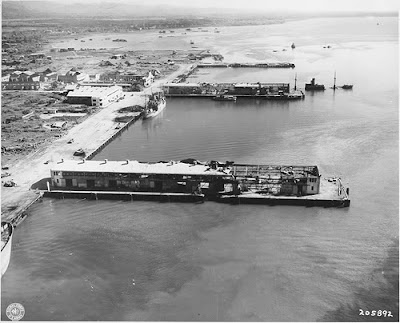
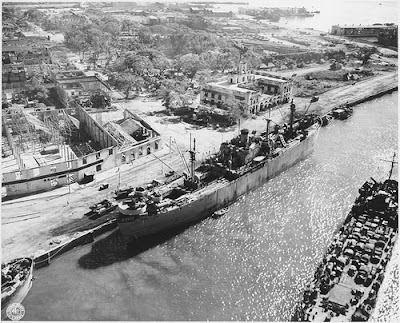
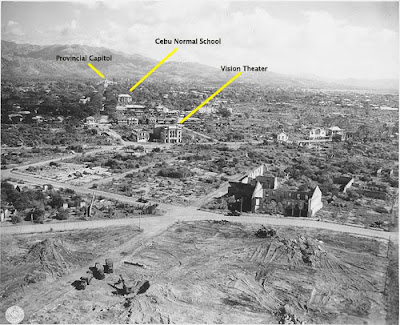
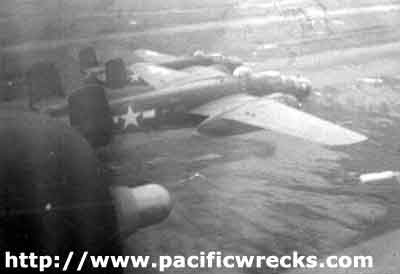
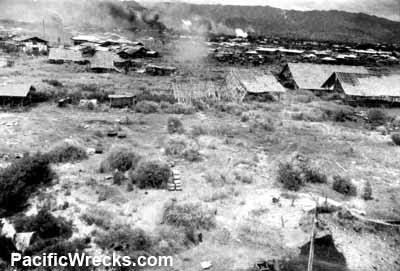
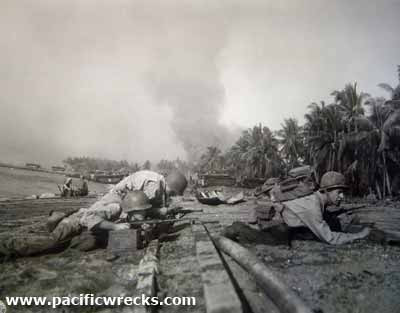
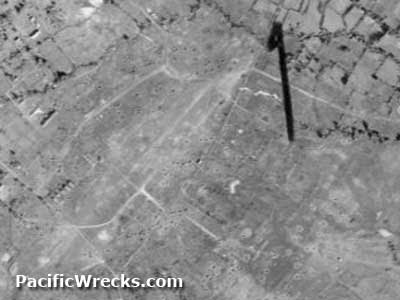

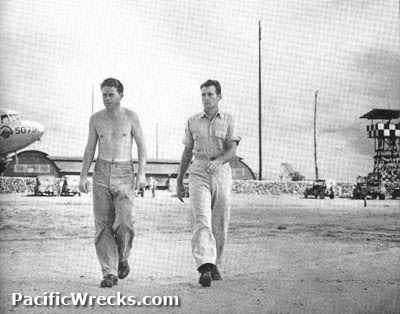
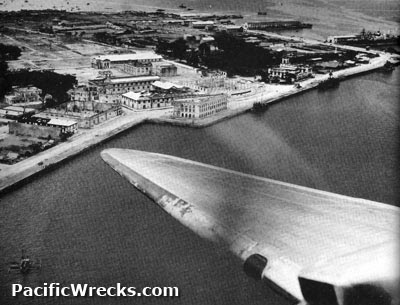
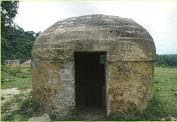
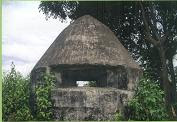
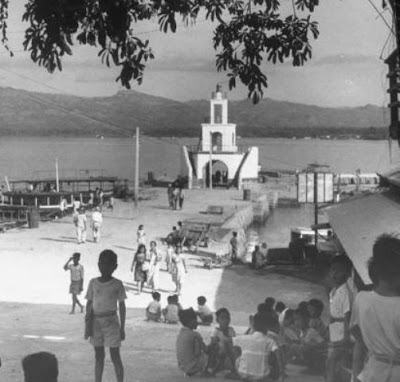
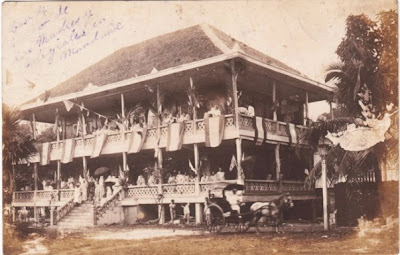
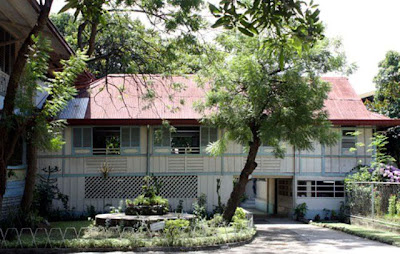
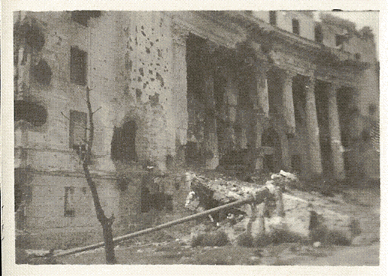
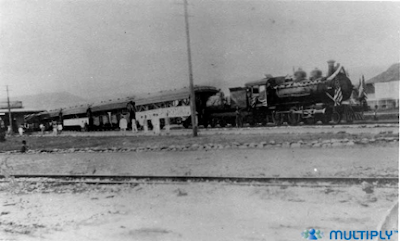
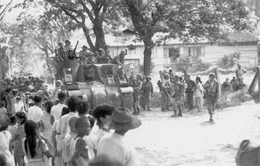
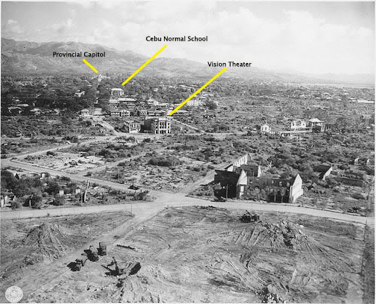
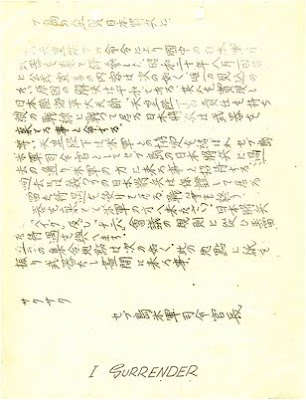


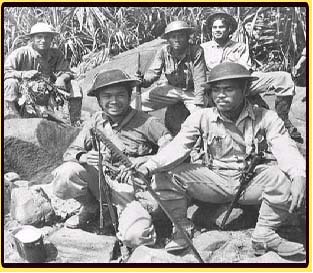





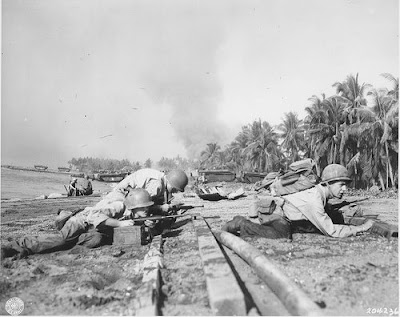











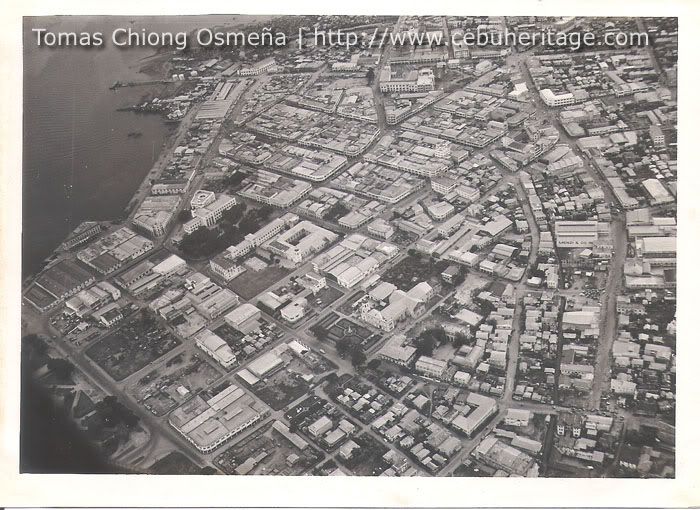
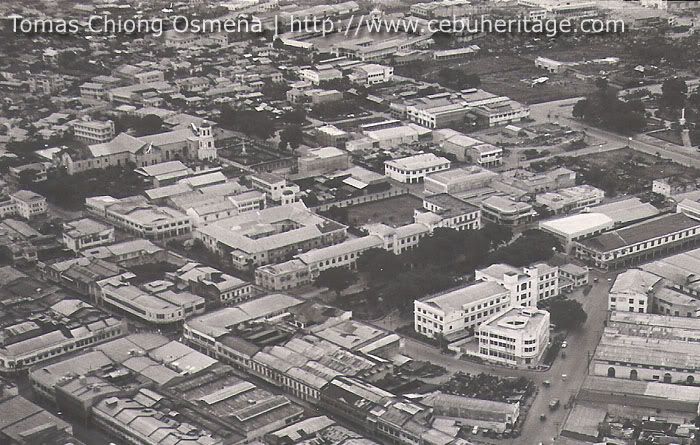


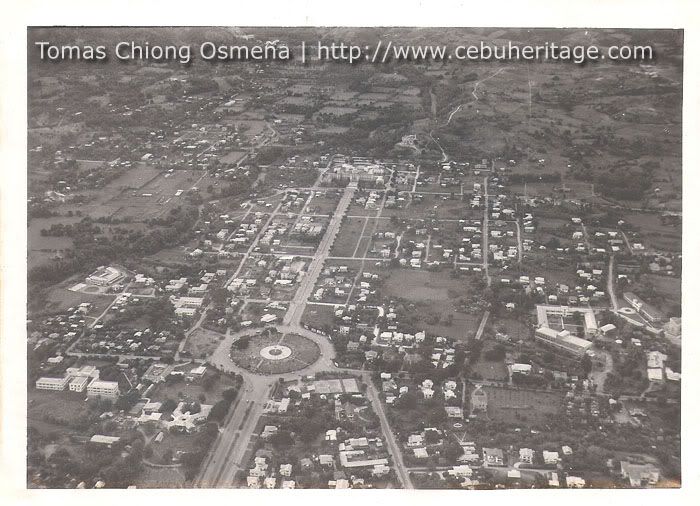







 Reply With Quote
Reply With Quote


